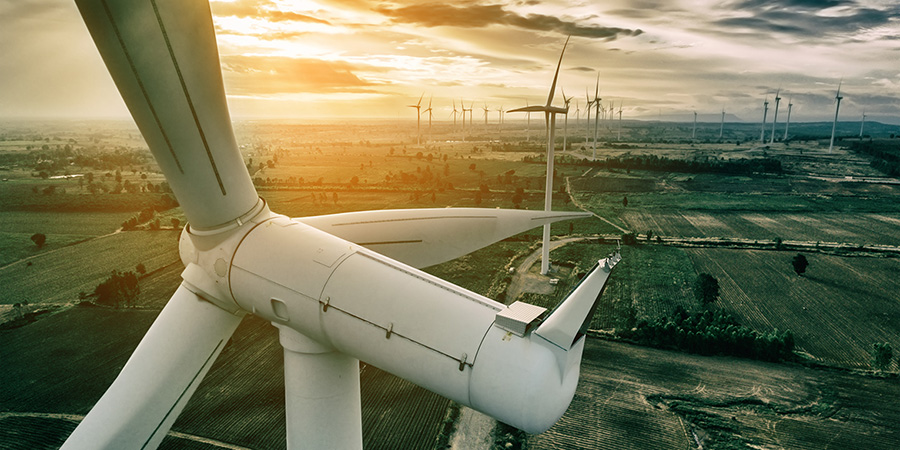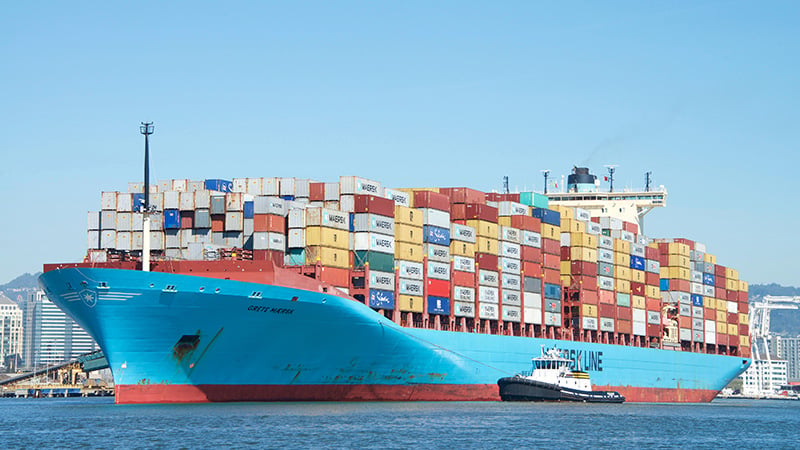We Need More Than Electrification to Reach Net Zero

The question of renewable technology can at times be relegated to the background, with a heavy focus on policy, and those policies are focused on funding and other capital incentives for moving the needle on renewable energy infrastructure. Funding for developing new technologies, and growing existing but still small-scale technologies, is abundant, but a lot of the focus of current conversations around the future of renewables can convey that most of that future is going to consist of solar and wind, with some nuclear and hydropower sprinkled throughout.
Additional fossil fuel alternatives, such as hydrogen, e-fuels, and others are only recently getting more attention, as it has become clear they will play a major role in the renewable energy future. This means that raising awareness about these zero and net-zero emissions sources of energy is going to be critical to making sure policy, funding, and consumer demand aren’t focused on electrification at the expense of other valuable tools in the toolbox.
The Electrification of Everything
A prevalent debate happening today is whether emissions can be eliminated by building out enough renewable energy infrastructure to electrify everything, or does it make more sense to have more diversity in our energy sources, which could mean some things aren’t electrified, but still use common fuels produced for a net-zero outcome. On the side of electrification, there is the fact that technologies such as solar and wind are well established and have already achieved significant scale. Electrification is also highly efficient. Why use electricity to make a fuel that will be re-converted into electricity or heat? On the face of it, it seems like sending those electrons straight to where they are needed makes a lot more sense than converting them into a fuel that will then get converted again later. For many, electrifying everything seems to be the obvious choice, but this is a dramatic oversimplification of what we are facing on a global scale.
Heavy Industry
Electrification can absolutely work for most energy needs that we have, however, for certain sectors, primarily in heavy industry and heavy-duty transportation and shipping, electrification isn’t the most sensible way forward. There are a high number of industrial processes that require heat, most of which currently use fossil fuels for generating this heat. Electrification in these instances, if possible, would mean costly overhauls of existing processes and replacements of major equipment. Some organizations have the capital for these changes while others would find themselves choosing between emissions reduction and an expense they can’t afford.
Freight, Transportation & Aviation
According to the IEA, in 2021 alone, the combined global emissions of heavy and medium freight trucks, as well as buses, was 2.1 billion metric tons of CO2. Heavy freight trucks accounted for 1.2 billion metric tons of CO2 emissions. While there is optimism about future battery technologies that could work for heavy freight and long-haul trucks, electrification of this industry is not something that can be done today. What can be done today for these trucks is the use of alternative fuels such as hydrogen, biofuels, and e-fuels. Instead of waiting for battery technology to be able to accommodate heavy freight and long-haul trucking, several manufacturers have already begun to move in the direction of hydrogen fuel cell trucks and trucks that can run on other alternative fuels, moving the needle on making this industry zero or net-zero emissions.
A hydrogen-powered Hyundai XCIENT Fuel Cell truck on display at AutoMobility LA ahead of the Los Angeles Auto Show in Los Angeles, California, U.S., on Thursday, Nov. 18, 2021.
Other transportation sectors for which electrification is not the favored approach include aviation and ships. Smaller aircraft can work using existing battery technology, but larger aircraft, especially for long-distance and international flights, must continue to use combustible fuels. This has led to increased attention on what are called Sustainable Aviation Fuels (SAFs). The SAFs of the highest interest are bio-kerosene and hydrogen, with aircraft running completely on hydrogen expected in the 2030s.
When it comes to ships, batteries are not seen as the primary pathway to emissions reduction. For example, Maersk, which has the second-largest shipping fleet in the world, has already begun transitioning its fleet over to green methanol. Other major shipping companies, such as MSC, have already expressed they are likely to follow suit.
We Have Biofuels. Why not use them?
KLM, Air France, and many other airlines are looking to biofuels to reduce their emissions.
An obvious point against the electrification of everything is the fact that we cannot avoid methane emissions. Landfills and agriculture result in methane emissions as bacteria break down waste. This methane has become a major interest as a net-zero fuel, and already biogas plants have been constructed to capture methane emissions for use in combustion processes or for producing other biofuels.
Zero Emissions Isn’t Enough. Direct Air Capture Can Help.
In 2022, the IPCC reports concluded that a drawdown of atmospheric CO2 is necessary if we are to reach the 1.5°C target for global climate change. This means that net-zero, and even total zero emissions would not be enough. We need to achieve negative emissions. There are several technologies in development for the removal of CO2 from the atmosphere, and one promising technology is known as direct air capture (DAC).
Cofounders of Climeworks AG, at the 'Orca' direct air capture and storage facility, in Hellisheidi, Iceland
A major question for these technologies is what to do with the captured CO2. While a significant portion of this captured CO2 will need to be stored to accomplish negative emissions, a promising solution for additional captured CO2 – that has already been commercialized – is to use it in combination with hydrogen to produce what are known as electro fuels (e-fuels). E-fuels get their name from how they are produced, which is by an electrolytic process that combines captured carbon and green hydrogen in order to make virtually any type of fuel, such as methane, gasoline, diesel, etc. Although these fuels would release CO2 when combusted, they are considered net-zero because the same amount of CO2 they would release is captured by the DAC systems, zeroing out the emissions.
What does all this mean for the future of hydrogen?
Whether it be pure hydrogen, green kerosene, green methanol, or others, hydrogen production will play a major role in the future of alternative fuels. While methane and other fuels can be produced by way of biomass, e-fuels produced with green hydrogen will play a major role in a net-zero future.
All in all, the electrification of everything is already not playing out, as hard-to-abate industries have begun developing alternative fuel solutions. Low-cost hydrogen production is going to be pivotal to the production of these fuels, making sure the supply can meet the immense demand that is already rapidly growing.
Subscribe to Get the Latest from GenHydro
